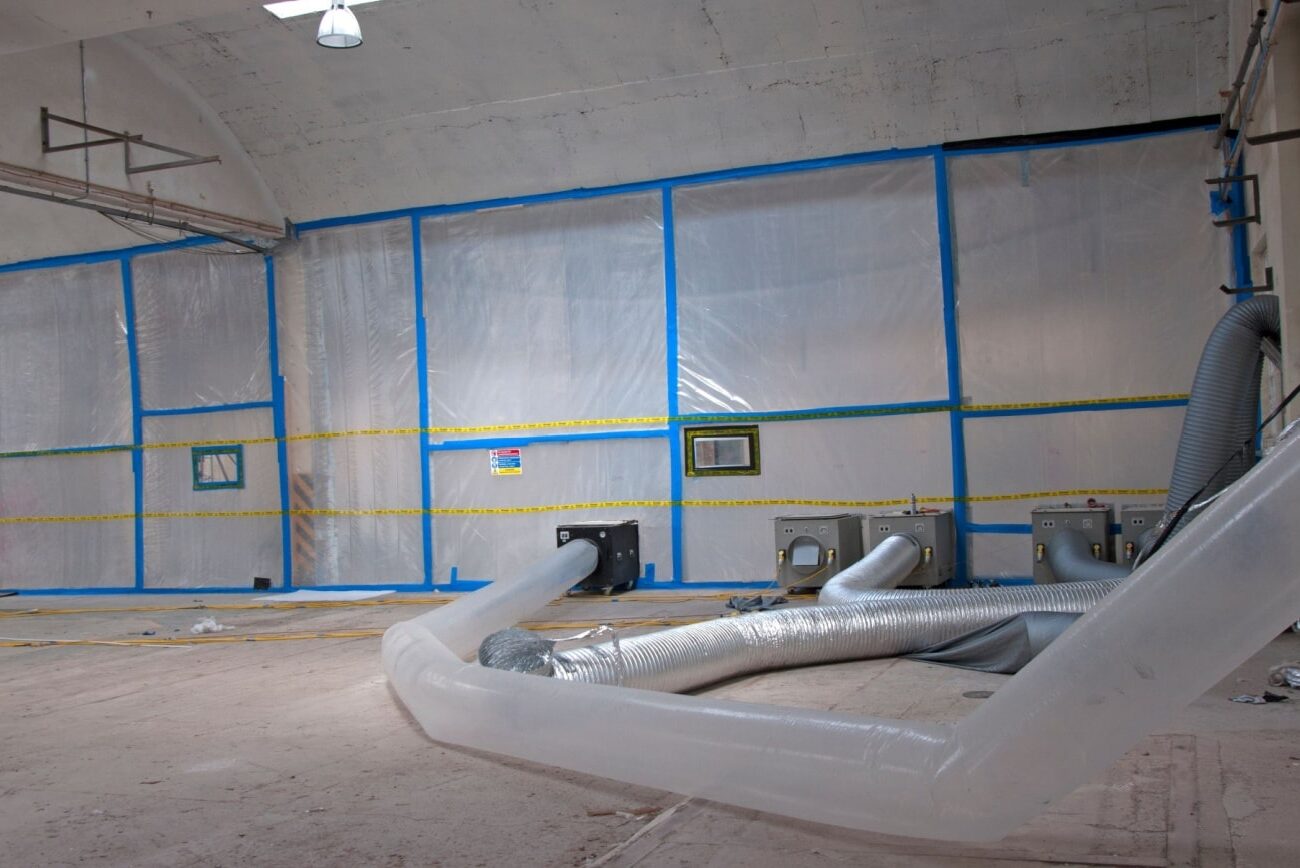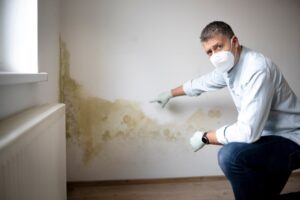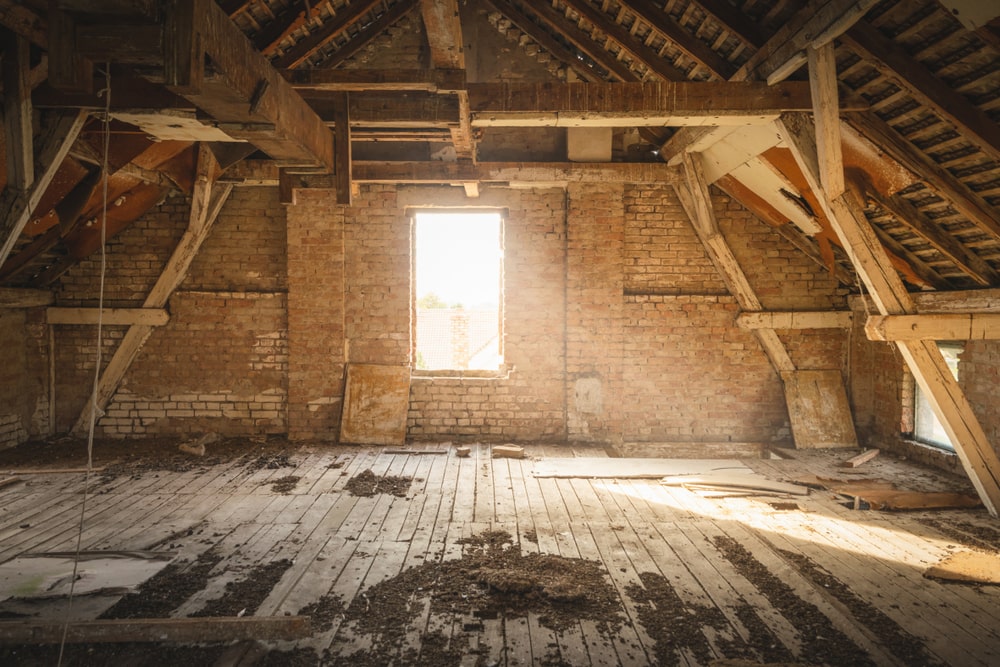
Safeguarding Your Space: Key Insights for Effective Mould & Asbestos Removal
Are you worried about the safety and quality of the air in your home? Mould and asbestos, two dangerous materials frequently found in residential buildings, pose serious health hazards and demand quick action. For you and your loved ones to live in a safe environment, you must be aware of where these pollutants lurk and how to spot their presence.
In this blog, the team at All Clear Environmental examines the typical locations where mould and asbestos tend to hide, offering critical information for early discovery and effective response.
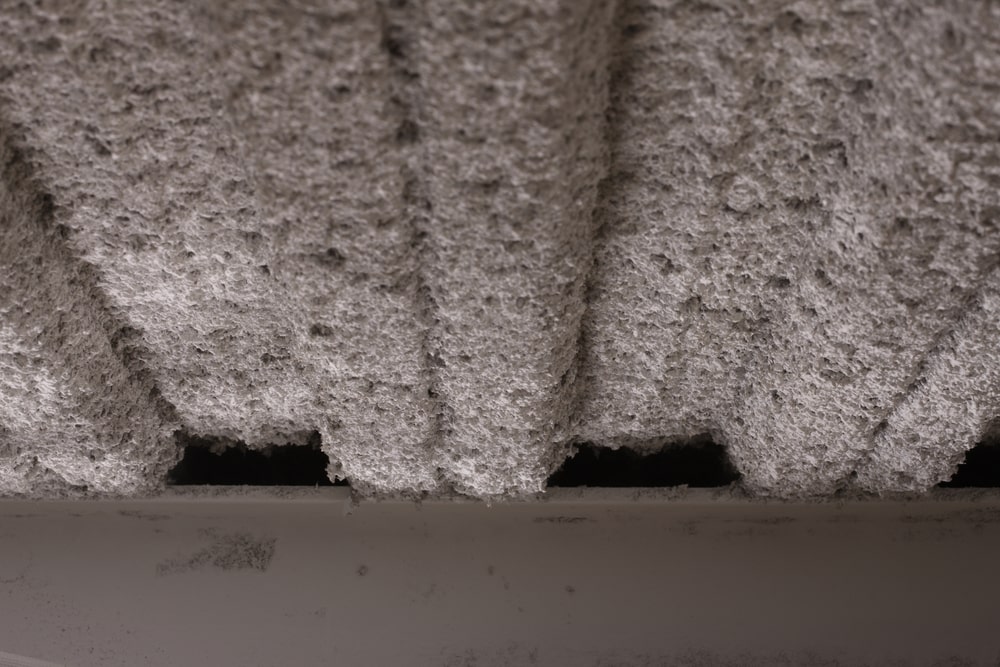
Common Areas for Asbestos Presence
Up to the late 20th century, several building materials used asbestos, a naturally occurring mineral that is renowned for its heat resistance and durability. In the 1970s and 1980s, the general public became aware of the dangers of asbestos and its usage declined heavily. In 2005, Canada officially banned the mining and exporting of asbestos.
The key to preventing exposure is recognizing probable asbestos-containing products in your environment. Here are some typical places to look for asbestos:
Insulation: Insulating products including pipe insulation, attic insulation, and wall insulation used to contain asbestos. It offered superb acoustic and thermal insulation.
Flooring: Vinyl sheet flooring and the backing for vinyl tiles were once made with asbestos. It strengthened and made the flooring materials more resilient.
Ceiling Tiles: Older ceiling tiles may contain asbestos, especially in commercial buildings. It provided these tiles with strength and fire resistance.
Roofing Supplies: Older shingles and roofs may have contained asbestos in their construction. Asbestos was used in this instance to provide fire resistance and durability.
Textured Coatings: Asbestos was a component in textured paints and coatings, such as “popcorn” ceilings. It was blended with other components to get the required texture.
Cement-related Goods: Roofing shingles, siding, and pipelines made of cement frequently included asbestos. It offered toughness and fire resistance.
Plaster and Joint Compounds: Plasters and joint composites were strengthened and made to last longer with asbestos.
HVAC Duct Insulation: Heating, ventilation, and air conditioning (HVAC) duct insulation once included materials containing asbestos.
Electrical Insulation: Asbestos was used in electrical insulation to shield wires and other electrical components from heat and fire.
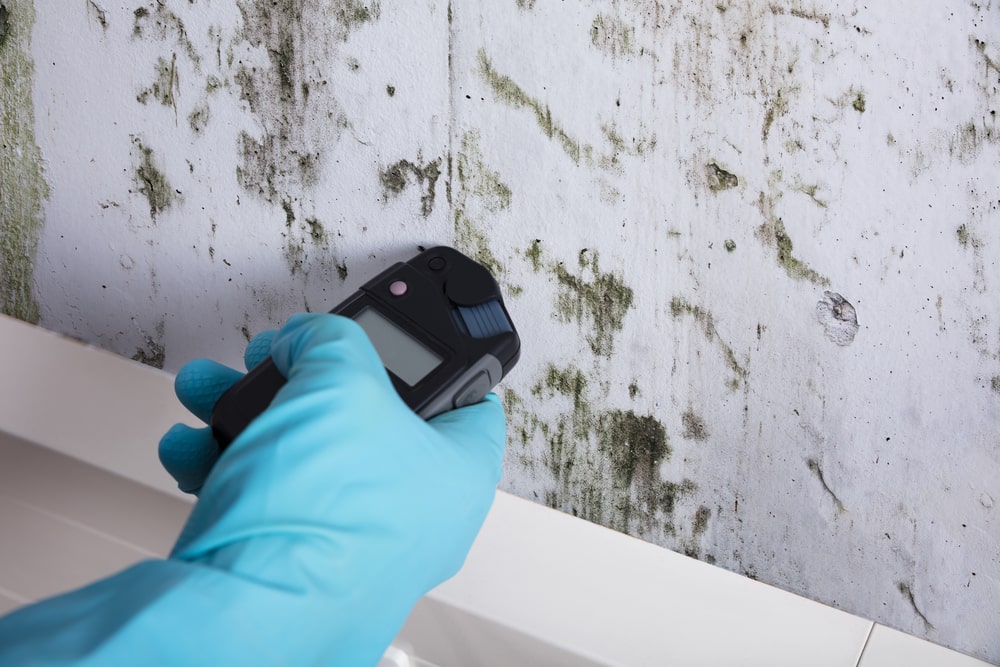
Common Areas for Mould Growth
Mould is a kind of fungus that grows in moist, humid conditions. Both your house and your health may be at stake. Effective mould prevention and cleanup depend on identifying potential growth locations. The following locations are regular spots to see mould growth:
Kitchens and Bathrooms: As a result of the high humidity and moisture levels in these places, mould can flourish there. Check for mould in and around bathtubs, showers, and other wet areas.
Crawl Spaces and Basements: Poor ventilation and probable water leaks in these spaces can produce a moist atmosphere that encourages the formation of mould on walls, floors, and organic materials.
Attics: Roof leaks, poor ventilation, or insufficient insulation can lead to moisture buildup in attics, which can encourage the formation of mould on the insulation or roof sheathing.
Window Sills and Frames: In colder regions particularly, condensation frequently develops on window sills and frames. This dampness may promote the formation of mould if not properly dried.
Wall Cavities: When water seeps into wall cavities as a result of plumbing, roofing, or flooding problems, it provides the perfect conditions for mould to develop covertly inside the walls.
Carpets and Upholstery: Flooding, leaks, and spills may soak up carpeting and upholstery, creating a damp environment where mould can grow.
Air Conditioning and Heating Systems: HVAC systems are susceptible to moisture buildup, especially when not properly maintained. In the ducts and vents, this moisture may encourage the formation of mould.
The Need for Professional Testing
Because of the possible health dangers associated with sample collection, DIY testing is not advised for substances like mould and asbestos. Professionals are qualified to handle and test for these chemicals safely, assuring reliable findings. Here are some grounds in favour of hiring professionals:
Safety: During testing, certified personnel limit exposure hazards by following the correct safety procedures.
Accurate Evaluation: Experts with training know where and how to sample, assuring accurate data and useful suggestions for correction.
Legal Conformity: Professionals are aware of the laws and standards governing asbestos and mould testing, guaranteeing compliance with local laws.
Customized Solutions: If a problem is found, experts can make specific remediation recommendations based on the level and kind of pollution.
All Clear Environmental – Mould & Asbestos Removal Experts
Mould and asbestos, both potential health risks, may live invisibly in our surroundings, as we’ve seen throughout this course, needing thorough observation and professional action. However, amateurs shouldn’t attempt to identify these risks or perform asbestos and mould testing or abatement. To guarantee precise identification and secure evacuation, professional assistance is essential. For the removal of mould and asbestos, certified professionals have the necessary training, expertise, and understanding of safety procedures. Don’t skimp on your family’s safety or the quality of the air you breathe. Take proactive measures immediately to eliminate the hidden hazards of asbestos and mould and to build a healthier and happier living environment.
Are you worried that your home may contain asbestos or mould? Please contact us at All Clear Environmental, and make us your go-to partner in Ontario for asbestos and mould removal. With our expert assistance, you can protect your health and establish a safe living environment. Our licensed personnel have the expertise to safely and properly identify asbestos and mould in your surroundings. Contact All Clear Environmental right now for rigorous testing, accurate cleanup, and peace of mind.



